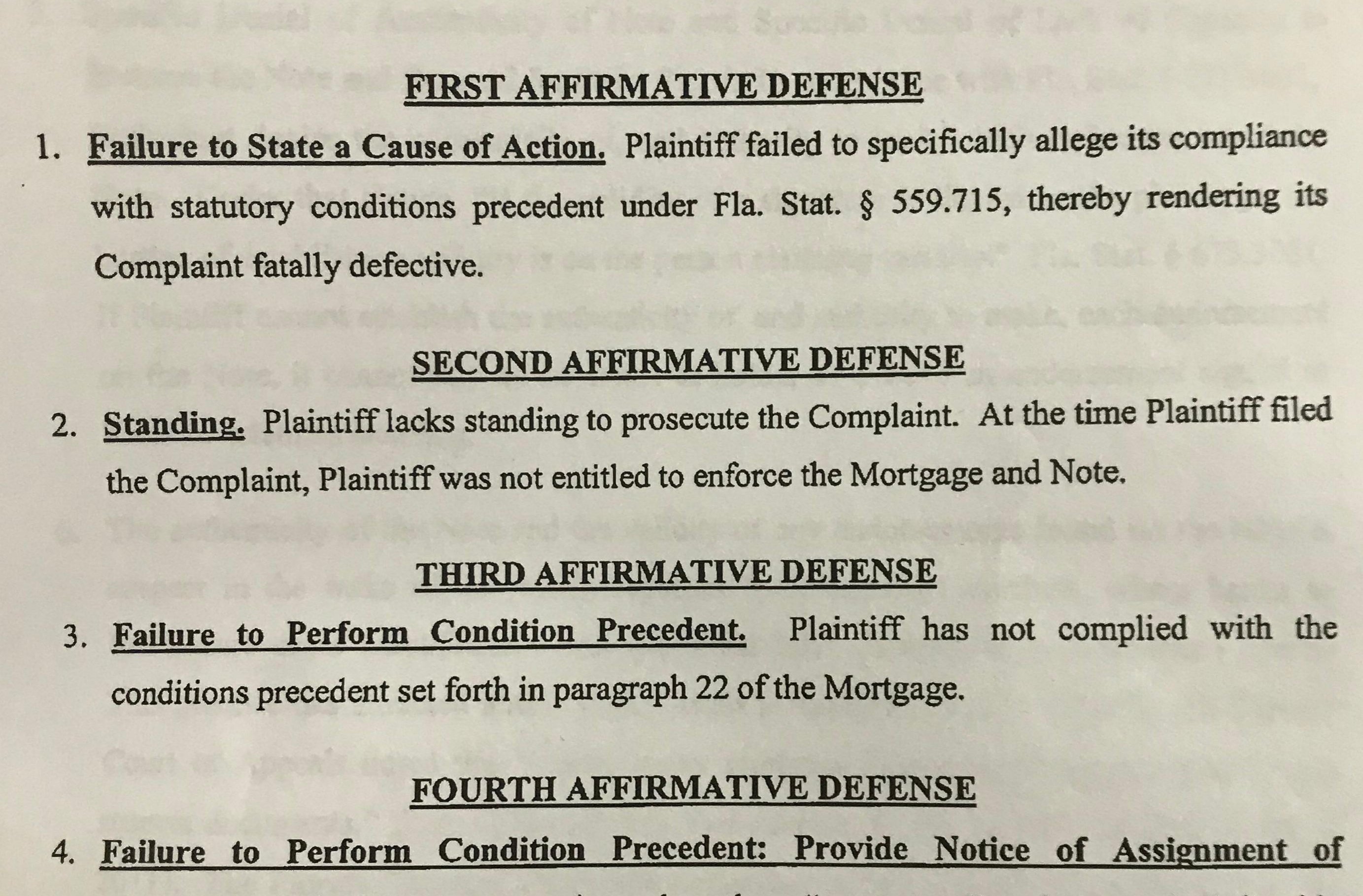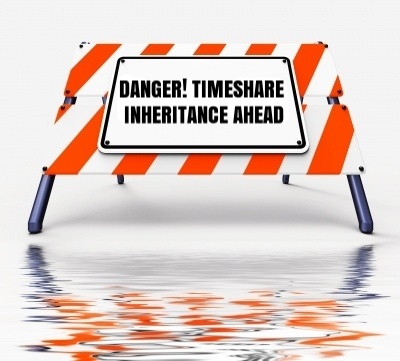 A loan modification is the only thing that keeps the homeowners who apply for it from losing their home to foreclosure. It permanently lowers their monthly payment to an affordable portion of their income and enables them and their family to continue living in the home that they know and love.
A loan modification is the only thing that keeps the homeowners who apply for it from losing their home to foreclosure. It permanently lowers their monthly payment to an affordable portion of their income and enables them and their family to continue living in the home that they know and love.
So, given the work it takes to apply for a loan modification, the cost of hiring an attorney, and the prospect of foreclosure, you'd think that no one who has been approved for one would fail to follow the simple instructions for finalizing the agreement. But it happens all the time, and it prevents or delays the final approval of a modification.
Keep in mind that the ultimate goal isn't achieved when you complete your trial modification payments and receive a loan modification agreement from your bank. You still have to sign, notarize, and send that agreement in to your servicer. Then and only then will your lender resume normal servicing of your loan, assuming you completed everything correctly, sent it to the right address, and your servicer doesn't lose your papers.
Hiring an experienced attorney to help you with your loan modification tremendously increases your odds of success, but even the best attorney can't do everything for you. Getting approval from your bank is the hard part, but it's not the end. Here are some of the common ways homeowners drop the ball and cause themselves more trouble than they need to after they've been approved for a permanent loan modification:
Notary Problems:
When you've successfully completed your trial modification payments, your mortgage loan servicer will send you a loan modification agreement. That agreement needs to be signed by you, stamped and signed by a notary, and sent back to your servicer. You will probably be given suggestions on where to find a notary. Some banks even offer a notary who will come to your home. There are specific instructions on where on your paperwork the notary's stamp should be. If the notary gets creative and stamps outside the approved area or on top of something you'll get rejected.
Wrong Address:
The address you're supposed to send your signed agreement to isn't the same address you sent your trial modification payments to. If you send your completed agreement to the payment address, it could sit in a pile of mail unnoticed for weeks. So make sure you send your agreement to the right address and record of the tracking number so you have proof that it's been sent and delivered. The bank may send you a self-addressed, stamped envelope. Use it.
Not Keeping Copies:
It's advised that you make two copies of your executed loan modification agreement, one for your records, and one for your attorney. Don't make copies of the blank documents before they've been signed or notarized. Fill them out completely and then copy them. That way if your lender or FedEx loses your envelope, you can provide your copy.
Not Sending The Whole Agreement In:
Some homeowners have made the mistake of only sending in the page of the agreement that's signed and notarized. The whole document is required.
Making one of these simple errors may not disqualify you from getting the loan modification you've been approved for, but it can throw a wrench in the process. Not following the instructions you're given will cause you additional headaches and worry. And if you've applied for a loan modification, you've probably already had enough headaches about keeping your home to last you several lifetimes. So, if you're fortunate enough to be approved for a home-saving mortgage modification, make sure you cover all your bases, dot your i's and cross your t's so you can move on with life with a permanently modified and more affordable mortgage payment.
Images courtesy of Stuart Miles digitalart at FreeDigitalPhotos.net










